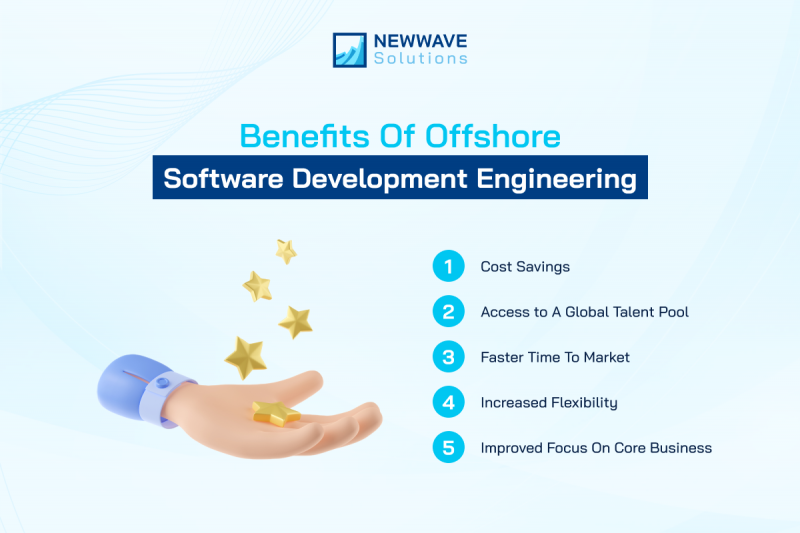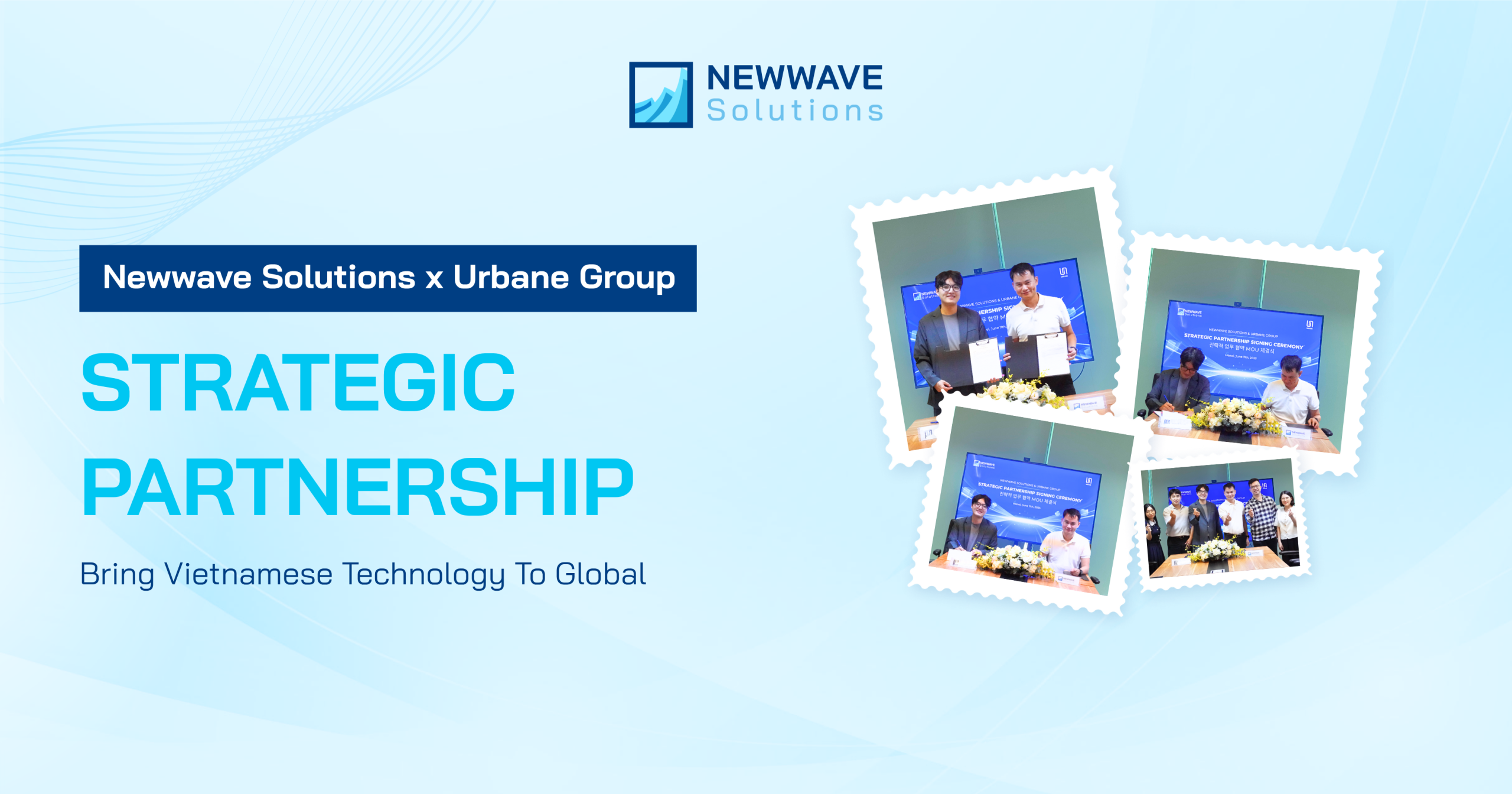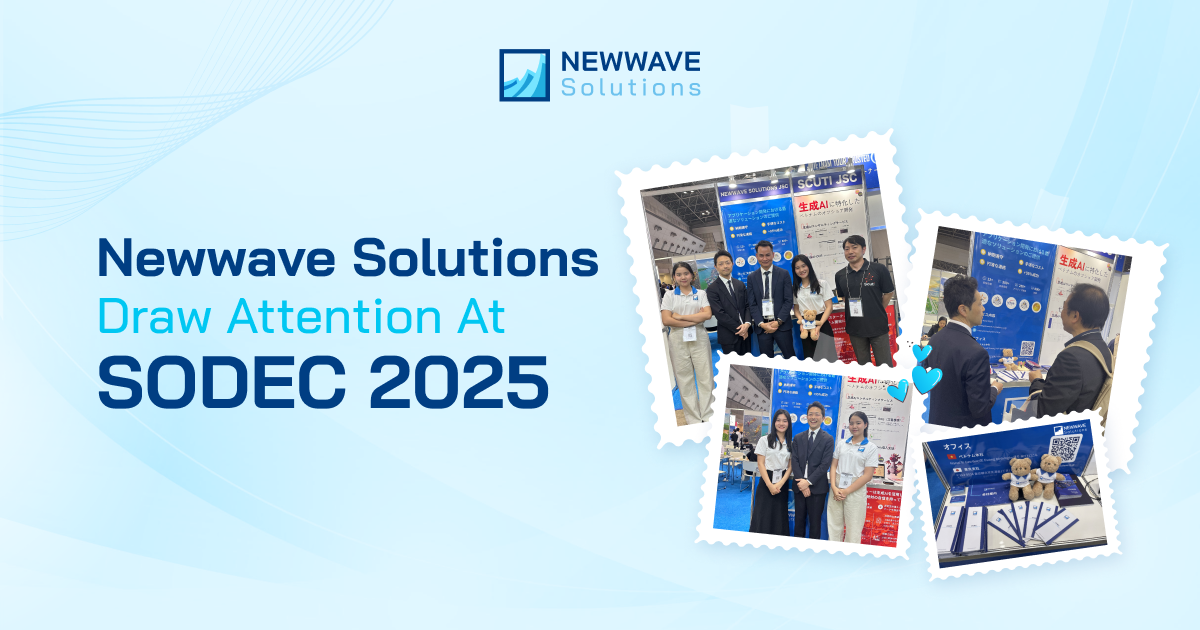

Unlock Pros Of Offshore Software Maintenance And Support
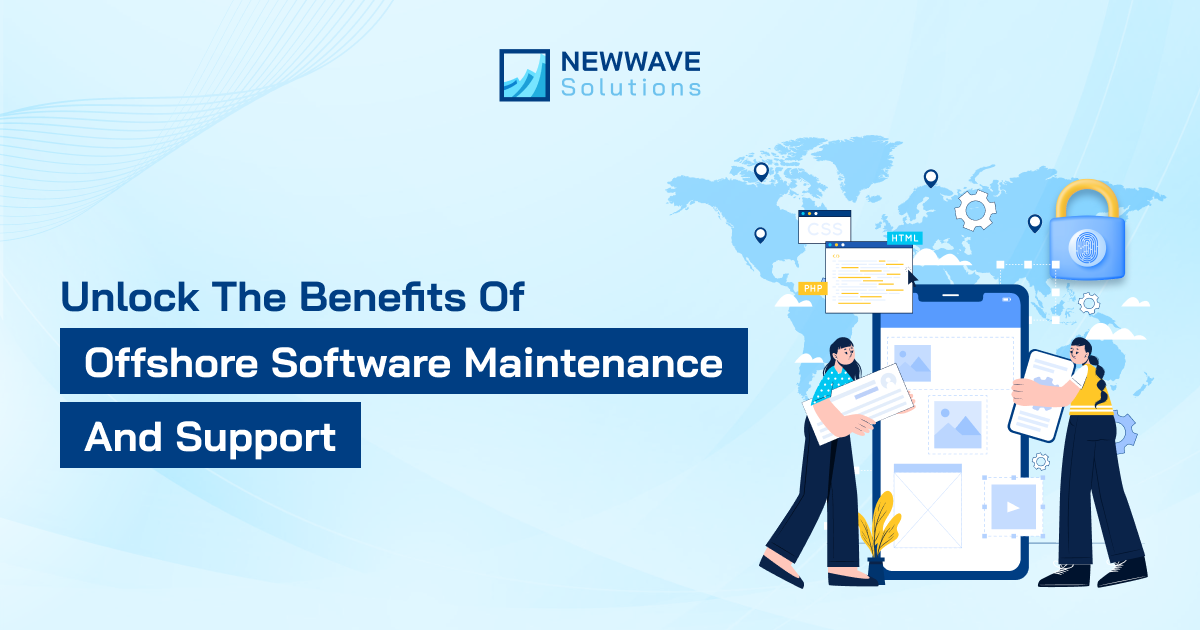
Unlock the benefits of Offshore Software Maintenance and Support to enhance your software’s performance and efficiency. By leveraging remote expertise, you can ensure continuous smooth operation, cost savings, and access to specialized skills. Let’s explore with Newwave Solutions now!
Table Of Contents
Toggle1. What is Offshore Software Maintenance and Support?
1.1. What Does “Offshore” Mean?
In the context of business services, “offshore” refers to the practice of outsourcing certain tasks or processes to teams or companies located in a different country, usually one where labor costs are lower.
The primary goal is to achieve cost efficiency without compromising the quality of services. Offshore operations are typically managed from locations with a significant time difference from the company’s headquarters, such as outsourcing IT services from the United States to countries like India, Vietnam, or the Philippines.
1.2. What is Software Maintenance?
Software maintenance involves the ongoing process of modifying, updating, and improving software after its initial deployment. This includes correcting errors, enhancing performance, and adapting the software to new requirements. The purpose of maintenance is to ensure that the software continues to operate effectively over time.
1.3. What is Software Support?
Software support provides essential assistance to users facing issues with their software. This support includes various services such as technical help, troubleshooting, and user guidance. It can be categorized into different levels. First, technical support helps users with installation, setup, and operational problems, ensuring the software functions correctly from the start.
Next, user support offers guidance to individuals struggling with software navigation, providing instructions and answering questions to enhance their user experience. Lastly, application and system support focuses on maintaining and optimizing the software’s performance, ensuring it runs smoothly and remains compatible with other systems.
1.4. What is Offshore Software Maintenance and Support?
Offshore software maintenance and support is an essential strategy for keeping software systems current and effective long after their initial launch. This process involves a range of activities including enhancing the software, addressing bugs, integrating new features, and ensuring compatibility with emerging technologies. At its core, offshore IT maintenance is about maintaining a secure, efficient, and user-friendly software environment.
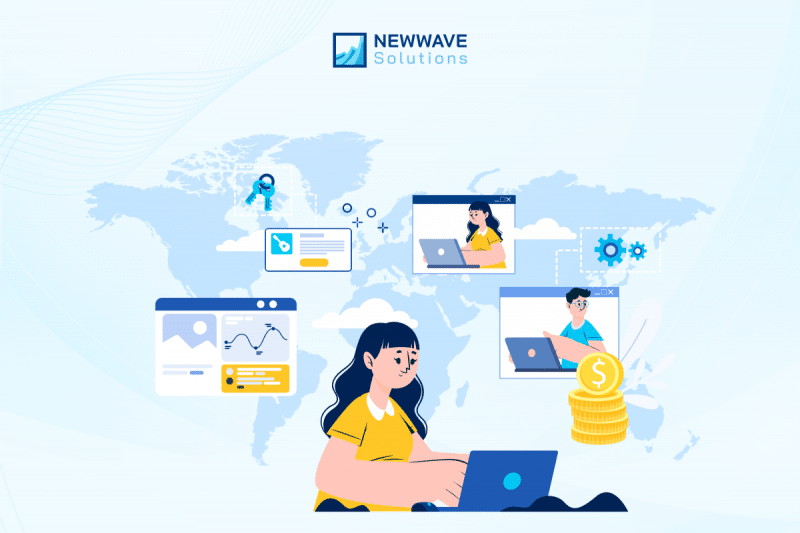
By leveraging offshore IT maintenance resources, companies can effectively manage and refine their software to stay competitive in a fast-evolving market. This involves a structured approach to maintenance, which includes rigorous testing, version control, and ongoing dialogue with stakeholders.
Prioritizing these elements within an offshore framework ensures that the software remains reliable, up-to-date, and capable of meeting user needs, thus maintaining its relevance and performance in a constantly shifting technological landscape.
2. Main Types of Offshore Software Maintenance and Support
2.1. Main Types of Offshore Software Application Maintenance
#1 Preventive Maintenance Software
This proactive approach involves regularly scheduled updates and system checks to identify and address potential issues before they impact the software. Offshore IT maintenance teams can help avoid future disruptions by implementing preventive maintenance software and maintaining optimal software performance.
#2 Software Corrective Maintenance
When bugs or defects are detected, software corrective maintenance comes into play. This service focuses on diagnosing and fixing issues to restore software functionality and ensure that it operates as intended. Offshore software corrective maintenance teams are adept at swiftly resolving these problems to minimize downtime and user impact.
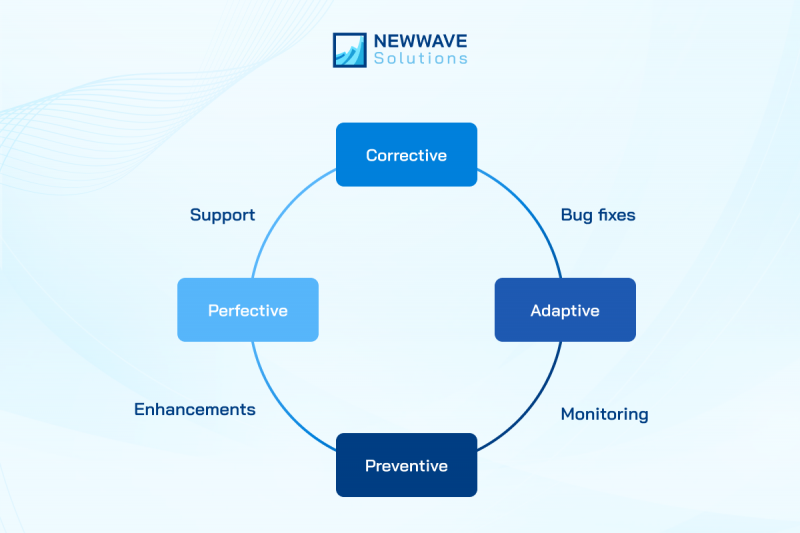
#3 Adaptive Maintenance Software
As technology evolves, software needs to be updated to stay compatible with new systems and environments. Adaptive maintenance software involves modifying and enhancing the application to integrate seamlessly with new technologies, ensuring continued usability and performance.
#4 Perfective Maintenance Software
This type of maintenance focuses on enhancing and improving software based on user feedback and performance analysis. It includes adding new features and optimizing existing functionalities to improve the user experience and ensure the software continues to meet changing business needs.
2.2. Main Types of Offshore Software Application Support
#1 Technical Support Services
This service focuses on troubleshooting and resolving software-related technical problems. Offshore teams specialize in identifying and addressing critical issues that might disrupt operations, ensuring the software runs smoothly and efficiently.
#2 User Assistance
User assistance revolves around guiding users on how to navigate and utilize the software effectively. Offshore support teams enhance the user experience by providing clear instructions and making the software more accessible and user-friendly.
#3 Remote Support
Remote support leverages advanced technologies to diagnose and fix issues without needing a physical presence. This approach allows offshore teams to provide quick resolutions, saving time and reducing disruptions for users.
#4 On-Site Support
In cases where remote solutions aren’t enough, on-site support becomes essential. Offshore providers can dispatch technicians to the client’s location to resolve complex problems or provide face-to-face assistance, ensuring thorough and personalized support.
3. Key Benefits of Offshore Software Maintenance and Support
Offshore software maintenance and support offers a multitude of advantages that can significantly enhance a company’s software management strategy. One of the primary benefits is cost efficiency. By outsourcing offshore software application maintenance to regions with lower labor costs, businesses can achieve substantial savings while still receiving high-quality service.
Another key advantage is access to a global talent pool. Offshore IT maintenance allows companies to tap into specialized expertise and innovative solutions that might not be available locally. This expertise ensures that software systems are not only maintained effectively but also enhanced with the latest technologies and practices.
Benefits of offshore software application maintenance
Additionally, offshore software maintenance and support provide scalability and flexibility. As software needs evolve, offshore IT maintenance teams can quickly adjust their support levels to match changing requirements, ensuring that businesses can adapt to new challenges without compromising service quality.
Overall, leveraging offshore software maintenance and support enables companies to focus on their core activities while ensuring their software remains reliable, secure, and competitive in a rapidly changing market.
4. Challenges of Offshore Software Maintenance and Support
Offshore software maintenance and support offers many advantages, but it also presents several challenges that businesses must navigate carefully. Communication barriers, such as differences in language, time zones, and cultural norms, can lead to misunderstandings and delays, making effective communication strategies essential.
Maintaining consistent quality control across different geographical locations can be difficult, as offshore IT maintenance teams may have varying levels of expertise, leading to potential inconsistencies in performance. Time zone differences, while beneficial for round-the-clock support, can complicate coordination and make it challenging to schedule meetings or respond to urgent issues promptly.
Security risks are another significant concern, especially when dealing with sensitive data, requiring robust cybersecurity measures to protect against vulnerabilities. Additionally, cultural differences in work attitudes and problem-solving approaches can impact collaboration, necessitating awareness and strategies to bridge these gaps. Effective knowledge transfer between in-house teams and offshore partners is also crucial, as poor documentation or communication can lead to inefficiencies and errors.
Finally, managing expectations between the business and the offshore partner is vital to avoid dissatisfaction, as differences in working styles, project timelines, and priorities can lead to misalignment. Addressing these challenges requires careful planning, clear communication, and a strong partnership with an offshore provider that aligns with your business needs and quality standards.
5. Offshore Software Maintenance and Support Processes
Effective offshore software maintenance and support are crucial for managing software systems remotely, ensuring they remain functional, up-to-date, and aligned with user needs. These processes help address issues promptly, integrate necessary changes, and maintain software performance. Here’s a detailed breakdown of the typical phases involved in offshore software maintenance and support:
Phase 1: Identification & Tracing
The initial step focuses on identifying necessary modifications by reviewing user requests and issue reports. This phase involves sorting these requests by urgency and determining which changes require immediate attention. Automated tools or user feedback may be utilized to spot needed adjustments.
Phase 2: Analysis
Once modifications are identified, they are analyzed for practicality and cost-effectiveness. This phase evaluates the potential impact of changes and estimates their cost. Verified modification requests are validated to ensure they are feasible within the existing software framework.
Phase 3: Design
After analysis, the new structure or design of the software is planned. This phase involves outlining the required changes, developing a detailed implementation plan, and creating prototypes or test versions to ensure safety and security before full-scale implementation.
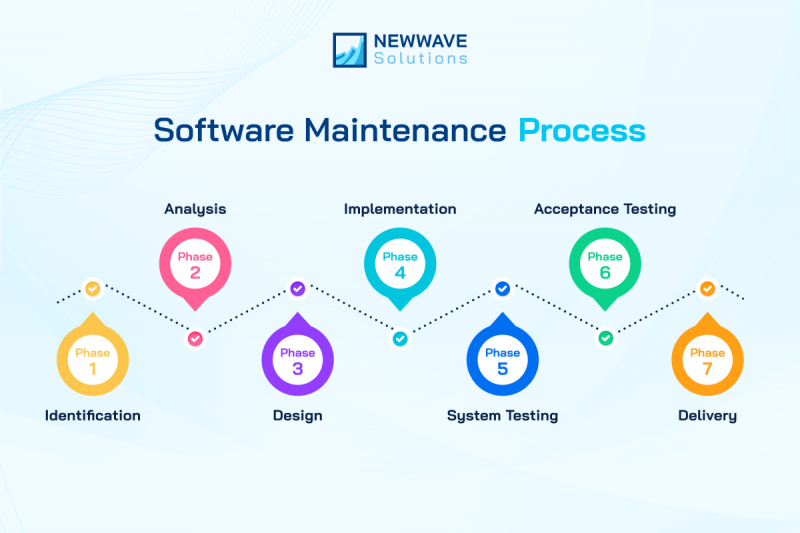
Phase 4: Implementation
In this phase, the planned modifications are executed. Developers write and integrate the necessary code, apply new specifications, and adjust the software’s structure according to the design plan.
Phase 5: System Testing
Post-implementation, rigorous testing is conducted to ensure that the new code and specifications work seamlessly within the software system. This phase is critical for identifying and fixing any issues before moving forward.
Phase 6: Acceptance Testing
External users perform thorough testing, often referred to as a dry run, to confirm that the implemented changes function as intended. This step ensures that the modifications align with user requests and meet the required standards before final approval.
Phase 7: Delivery
Once modifications pass acceptance testing and receive user approval, the updated software is prepared for distribution. This phase ensures that the changes are fully integrated and ready for use by the primary users.
6. Developing a Strategic Long-Term Plan for Offshore Software Maintenance and Support
When leveraging offshore software maintenance and support, a well-rounded approach is essential to maximize benefits from offshore software application maintenance and offshore IT maintenance.
- Scope: Clearly define what aspects of the software will be covered under offshore software maintenance and support. This ensures all critical components receive appropriate attention.
- Change Management: Systematically categorize and manage different types of changes within the software. This approach ensures controlled and orderly updates, minimizing the risk of unintended consequences.
- Off-the-Shelf Software Strategy: Integrate off-the-shelf solutions into your maintenance plan. This contributes to the software’s overall sustainability and ensures compatibility with standard tools and applications.
- Cybersecurity: Address cybersecurity threats proactively by implementing preventive measures. Protecting sensitive data and maintaining system integrity are crucial for long-term security.
- Maintenance Team: Detail the roles and responsibilities within the maintenance team to ensure efficient coordination and accountability. This clarity aids in smooth operations and effective problem resolution.
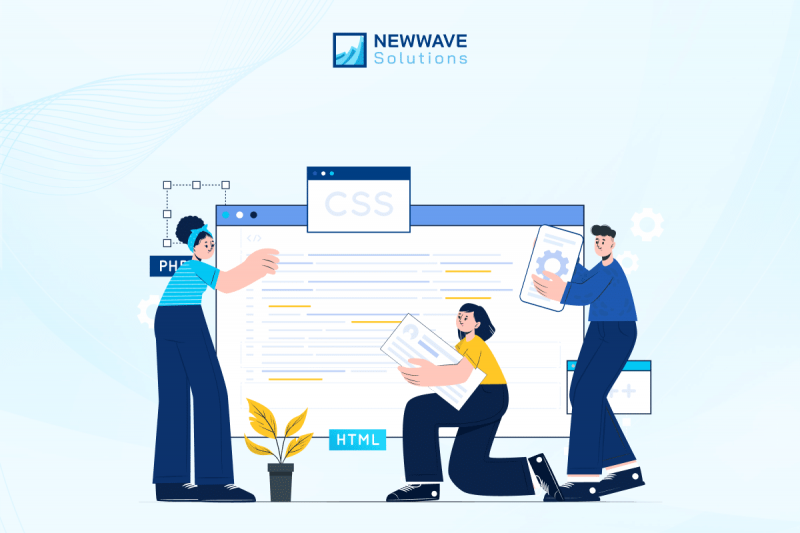
- Maintainability Assessment: Regularly assess the software’s adaptability, ease of modification, and long-term sustainability. This helps in identifying potential areas for improvement and ensuring ongoing relevance.
- Software Transition: Ensure a seamless handover from development to maintenance teams. A well-structured transition process facilitates continuous support and reduces disruptions.
- Knowledge Building and Retention: Implement strategies for knowledge transfer and retention to keep essential information accessible and useful over time. This ensures that expertise is maintained even as team members change.
- Release Strategy: Develop a roadmap for future software releases, outlining updates, improvements, and enhancements. This structured approach helps in managing changes effectively.
- Life Cycle and Retirement Strategy: Plan for the entire software life cycle, including eventual retirement. This helps manage the software’s evolution and eventual decommissioning in a controlled manner.
- Risk Management: Identify and mitigate potential risks associated with software maintenance. Effective risk management ensures smooth operations and prepares for unexpected challenges.
- Budgeting: Allocate resources and budget for maintenance activities to ensure sustainable support and continuous improvement.
For a deeper understanding of building an effective team, check out our guide on How to Hire Offshore Development Team: Tips for Success to learn strategies for assembling the right talent for your offshore projects.
7. Choosing an Offshore Software Maintenance and Support Partner
When choosing an offshore software maintenance and support partner, it’s essential to evaluate several critical factors to ensure a successful collaboration.
First, assess the partner’s expertise and experience in the field. A proven track record in handling various types of software maintenance, including preventive, corrective, adaptive, and perfective maintenance, indicates their capability to manage your software effectively.
Proactive maintenance strategies are also crucial. Look for partners who take a proactive approach by regularly evaluating software performance, identifying vulnerabilities, and staying updated with technological advancements. This approach helps prevent potential issues before they disrupt operations and enhances system reliability and security.
Technical capabilities are another key consideration. Ensure the partner has the necessary skills and resources to address your specific maintenance needs, including familiarity with your software’s technology stack and the ability to implement complex modifications.

Effective communication and collaboration are vital for the success of an offshore partnership. Choose a partner that offers clear and consistent communication channels, and is proactive in collaborating with your team to understand and meet your requirements.
While cost-effectiveness should be considered, it’s important to strike a balance between affordability and quality. Compare pricing models to ensure the partner offers good value without compromising service quality.
Robust quality assurance processes are essential to maintaining high standards in all maintenance work. Ensure that the partner conducts thorough testing, validation, and ongoing support to uphold software performance.
Finally, consider cultural and time zone compatibility. A partner whose working culture and time zone align with yours can significantly improve coordination, ensuring timely responses and efficient management of maintenance tasks.
To shortlist potential candidates, check out our guide on Top 10 Software Outsourcing Vietnam Companies for insights into reliable partners in the industry.
8. Frequently Asked Questions
Q: What is offshore software maintenance and support?
A: Offshore software maintenance and support involve outsourcing the management, updates, and troubleshooting of software systems to specialized teams or companies located in different countries. These services include activities like fixing bugs, integrating new features, and optimizing software performance to ensure smooth operation.
Q: How does offshore software support differ from maintenance?
A: While maintenance focuses on updates, fixes, and performance improvements, support emphasizes assisting users with software-related issues. Offshore software support includes technical troubleshooting, user guidance, and remote or on-site assistance for seamless software usage.
Q: How do I choose the right offshore software maintenance partner?
A: When evaluating a potential offshore partner, focus on their technical expertise, proactive maintenance, and quality assurance processes. Also, consider their communication skills, cultural fit, and time zone compatibility. Cost-effectiveness is important, but ensure their pricing aligns with the quality and service you expect for a successful partnership.
9. Conclusion
Offshore software maintenance and support is a vital strategy for keeping your software systems running smoothly and cost-effectively. Investing in offshore support allows you to focus on your core business while leaving the technical details to the experts. Embrace this approach to enhance efficiency and achieve long-term success.
At Newwave Solutions, we prioritize seamless communication, quality service, and time zone compatibility to help businesses achieve success. With our deep expertise and commitment to excellence, we ensure your software stays up-to-date, secure, and efficient. Ready to experience the benefits of offshore support? Contact us today to discuss how Newwave Solutions can enhance your software management strategy.
Contact Information:
- Head Office (Hanoi): 1F, 4F, 10F, Mitec Building, Duong Dinh Nghe Street, Yen Hoa Ward, Cau Giay District, Hanoi City, Vietnam
- Branch Office (Tokyo): 1chōme118 Yushima, Bunkyo City, Tokyo 1130034, Japan
- Hotline: +84 985310203
- Website: https://newwavesolution.com
- Email: [email protected]
To Quang Duy is the CEO of Newwave Solutions, a leading Vietnamese software company. He is recognized as a standout technology consultant. Connect with him on LinkedIn and Twitter.
Popular News
- 1. What is Offshore Software Maintenance and Support?
- 2. Main Types of Offshore Software Maintenance and Support
- 3. Key Benefits of Offshore Software Maintenance and Support
- 4. Challenges of Offshore Software Maintenance and Support
- 5. Offshore Software Maintenance and Support Processes
- 6. Developing a Strategic Long-Term Plan for Offshore Software Maintenance and Support
- 7. Choosing an Offshore Software Maintenance and Support Partner
- 8. Frequently Asked Questions
- 9. Conclusion
Related News
-

-
 Managing Offshore Teams: Best Practices for SuccessFebruary 5, 2025 View more
Managing Offshore Teams: Best Practices for SuccessFebruary 5, 2025 View more -
 Top 10 Best Offshore Software Development Countries in 2025January 27, 2025 View more
Top 10 Best Offshore Software Development Countries in 2025January 27, 2025 View more





